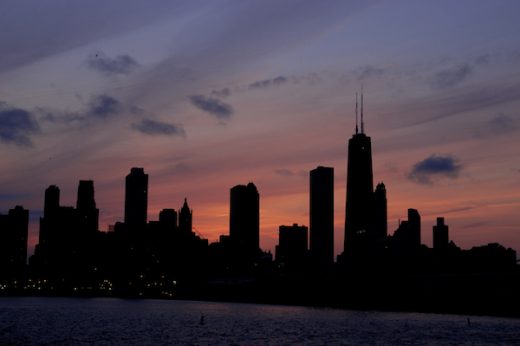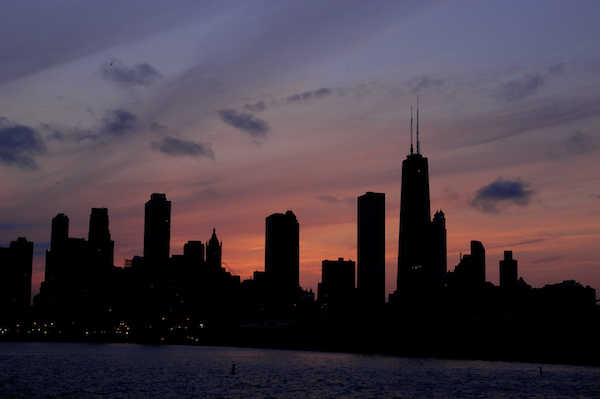How to avoid a massive smart city pitfall
How to avoid a massive smart city pitfall

As a technology executive, I’ve overseen the buildout of multiple data centers in my career. Without exception, all were designed with an uninterrupted power supply (UPS) and backup power.
In fact, I can’t imagine a data center of any consequence being built without these safeguards in place. No IT engineer worth his or her salt would consider it. Simply, the grid is not a sufficiently reliable foundation on which to rely for the ongoing operation of critical equipment.
Recognizing that, I ask you to think about the megatrend around smart city development. The current efforts around smart cities completely fail to address and incorporate resilience as a core strategy.
That is not smart.
We’re deploying “smart” cities such that they will fail our citizens and service providers the minute the grid goes down, when that information and capability is of critical importance and maximum need. Earthquake, bombing, super storm, tsunami, attack, hurricane, or rioting… That’s when we need guarantees that our city infrastructure will shine and support emergency response, empower “boots on the ground” and, of course, help our citizens.
When these scenarios arise, we’re in critical need of many services. Backup power. Communication network availability. Active information resources like public kiosks and intelligent lighting to direct people to safety. Data assets such as cameras and sensors to provide intelligence about local weather, the wind, water levels, flow rates, tilt, vibration, foot traffic and vehicle traffic. Systems to identify citizens in need. Security mechanisms to deter crime and damage to property.

Brian Lakamp, Founder & CEO, Totem
This sort of resilience has, so far, been an afterthought in the smart city dialogue. We’ve been focused on incremental additions of new capability, without considering performance in adverse scenarios. That’s nuts.
The good news is that we’re in the process of rebuilding the grid around advanced energy like solar, wind and batteries. Some, like me, refer to that new network as the “Enernet.” As we build out the Enernet with energy storage to optimize the network and integrate renewables, we also have an opportunity to address resilience of critical services.
It would be a complete failure in our energy strategy if we were to overlook distributed batteries as part of the solution, and if we were to fail to deploy those assets as a resilient underpinning to smart city nodes and functionality.
Governments and utilities need to take a more active role on this front. Municipalities, states and public utility commissions (PUCs) need to demand resilience for strategic services. Utilities need to enable it. Smart city certification programs like that recently announced by Bloomberg need to evolve to incorporate resilience measurement.
Utilities need to embrace the future
Worth noting, the utilities shouldn’t do it only because their PUC requires it of them. Utilities who embrace the future have the opportunity to act as the backbone of the smart city, on which all other services reside. Paula-Gold Williams, CEO at CPS Energy understands the smart city opportunity.
It starts with imagining a future different from the historic, centralized “power plant” architecture to one where the network acts much more dynamically, like the communications network today, supporting new capabilities and services. The utilities that figure it out first and fastest stand to be the Verizon or Comcast of the Enernet.
Back to the matter at hand. To build a resilient smart city, the Enernet needs to be woven by utilities directly into the infrastructure, with deliberation. Fealty to foreseeable futures requires the Enernet be built as a resilient underpinning to modern municipal services. That is not yet happening today. And, that is not smart.
The author is the Founder/CEO of Totem Power, a startup transforming the future of distributed energy and smart cities. Previously, Brian worked for media giants including Sony and most recently iHeartMedia.
The post How to avoid a massive smart city pitfall appeared first on ReadWrite.
(21)



